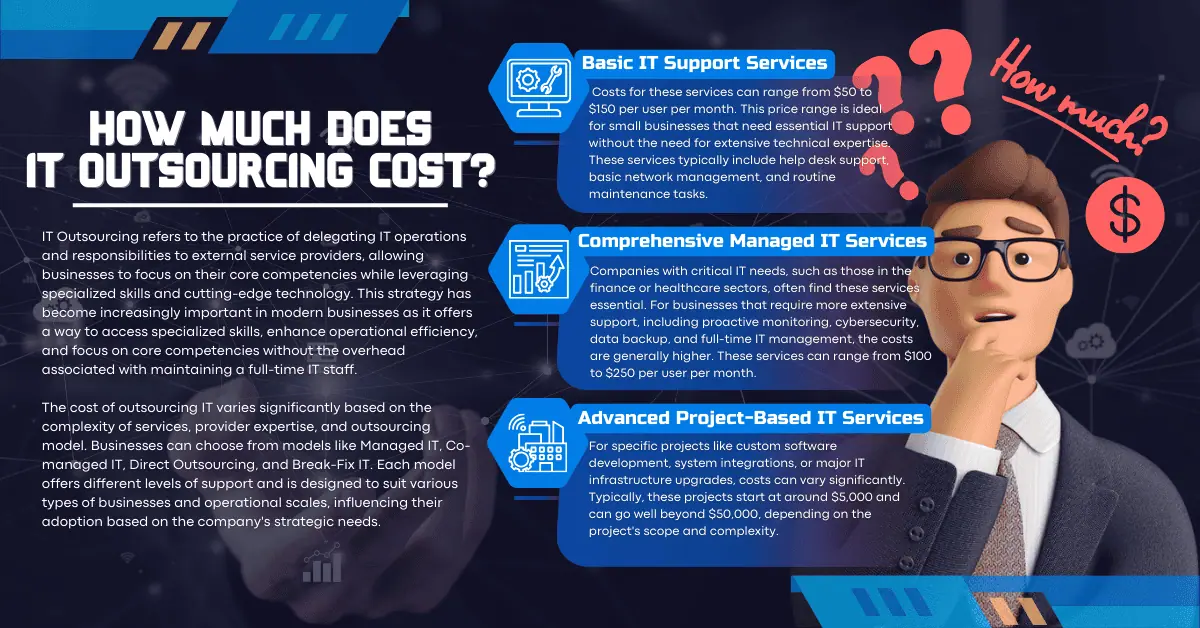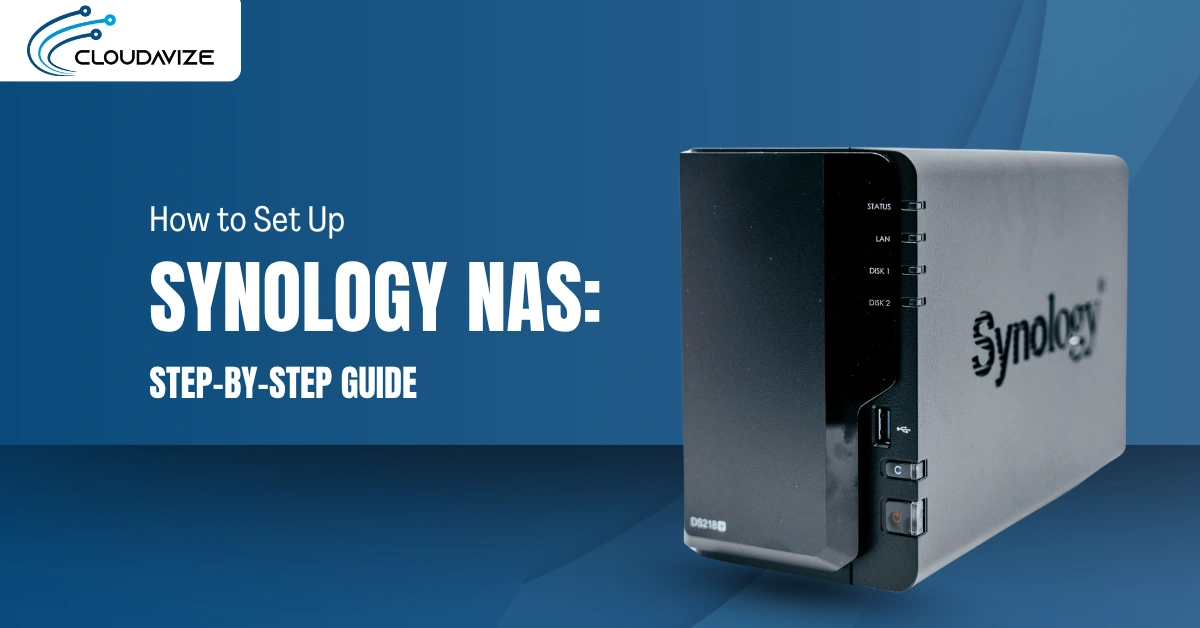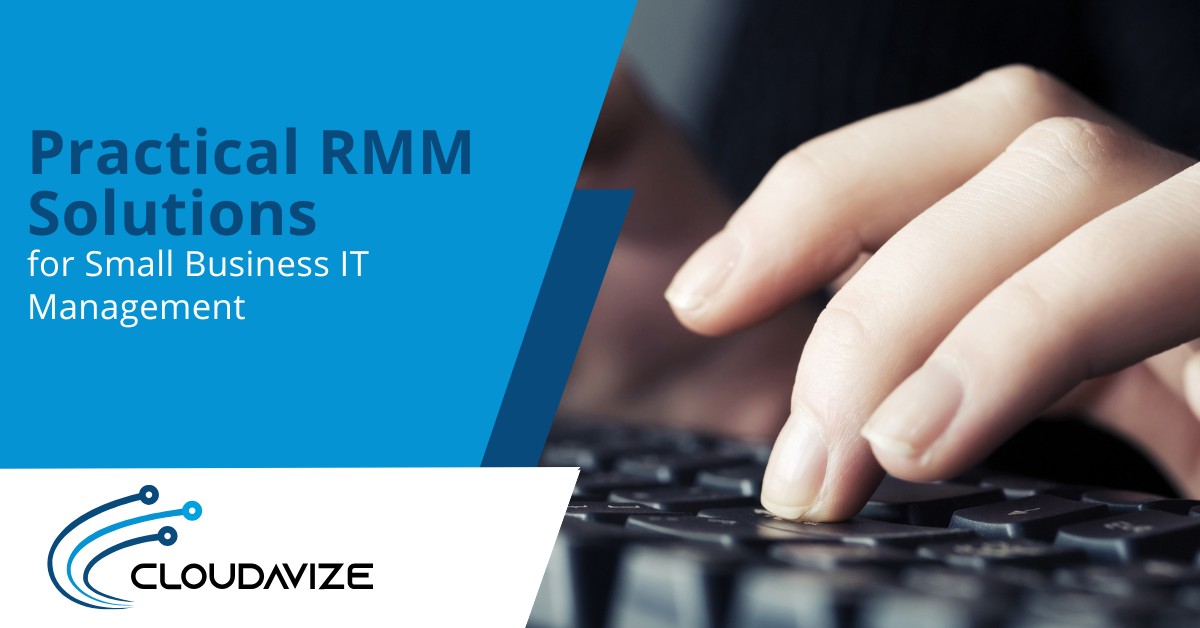IT outsourcing involves delegating a company’s IT management responsibilities and functions to an external service provider. Businesses outsource a range of tasks, such as network management, cybersecurity, and help desk support services. This allows companies to boost operational productivity, access the latest technology, reduce internal workload, and save money by eliminating the cost of IT services for maintaining a full-time in-house IT team.
The cost of IT outsourcing in 2025 depends on various aspects, including the service provider’s expertise, the complexity of the required services, company size, project requirements, and the selected pricing model. Businesses can opt for managed IT services, co-managed IT, or fully outsourced IT support. While choosing an IT support model, enterprises must evaluate their requirements and budget specifications, including long-term support and adaptability. A proper outsourcing model allows IT operations automation and prevents overspending on IT adaptation to changing business goals. Organizations can make informed decisions to optimize their IT investments in 2025 by understanding pricing structures and key cost drivers.
Table of Contents
What Factors Influence Outsourced IT Costs?
The cost of outsourced IT services is influenced by several factors, such as the pricing model, the service provider’s expertise, the required service model, project complexity, and contract duration. These elements are crucial in determining the cost structure of outsourced IT services.
Outsourcing Pricing Models
Outsourcing pricing models vary in terms of project size and scope flexibility. Different models provide specialized services to meet the operational and functional needs. Some of the standard models used worldwide are as follows:
- Fixed Price Model: Offers predictable, upfront costs but lacks flexibility for project changes or scope adjustments.
- Time and Materials (T&M) Model: Costs fluctuate based on hours worked and materials used, offering flexibility but complicating budgeting.
- Managed Services Model: A flat monthly rate for comprehensive IT management, offering predictable costs at a comparatively higher rate.
- Per User or Per Device Model: Costs vary by user or device, making it ideal for businesses with variable workforce sizes.
- Performance-Based Model: Ties costs to performance metrics but requires clearly defined, measurable goals.
- Hybrid Model: Combines aspects of multiple models, offering flexibility and predictability tailored to project needs.
Choice of Service Provider
Managed Service Providers (MSPs) charge different rates based on location, expertise, and reputation. Providers in lower-cost regions typically charge less, while those with specialized skills or certifications may demand higher rates. Their primary objective is to balance cost and service quality, ensuring that lower-priced options meet efficiency and security requirements.
Needed Service Model
The chosen service model affects outsourcing costs. Fully managed services, which cover all IT operations, generally cost around a 10% premium over in-house experts, while staff augmentation assists existing teams at lower costs. Project-based services are priced according to time and scope for one-time needs. The service level agreement (SLA) terms can also influence the pricing structure for different service models.
Project Complexity
Complex IT projects require more resources, specialized skills, and a longer time period, leading to higher costs. Advanced technologies such as AI or cybersecurity typically command premium rates due to the need for in-demand professionals and substantial infrastructure. The need for site support, where technicians provide on-location assistance, can also increase project complexity and affect overall costs.
Contract Duration
Long-term contracts usually result in lower overall costs through volume discounts or negotiated pricing. In contrast, short-term contracts may incur higher hourly rates or installation fees, especially when faster turnaround times or increased flexibility are required.
What are the Cost Estimates for Different IT Support Models
Outsourcing IT can cost from $25 to $5,000+ per user per month, depending on the support model. Businesses can choose from several outsourcing models with distinct structures and cost implications. Understanding the cost estimates associated with different IT support models is crucial for companies to align their IT strategy with budgetary constraints and operational needs.
Co-managed IT
Co-managed IT support is available at an hourly rate of $75 to $150 or $1,000 to $2,500 per month. This model supplements in-house teams with external expertise, offering flexibility while maintaining internal control. It suits mid-sized to large organizations that need specialized IT support or extra resources.
Managed IT
Managed IT costs for small to medium-sized businesses (SMBs) typically range from $100- $250 per user per month or $1,000- $5,000+ per month overall. These services offer comprehensive support, including network monitoring, cybersecurity, and help desk services, providing predictable costs for SMBs and enterprises.
Direct Outsourcing
Direct outsourcing prices range from $25–$500+ per hour, depending on the region and complexity of the tasks. Direct outsourcing transfers full IT responsibilities to an external provider, which is suitable for businesses without an in-house IT team or those seeking to outsource their IT department completely.
Break-Fix IT
Costs range from $75–$200 per hour. This reactive model charges businesses only when issues arise. While it may seem cost-effective initially, it can lead to higher expenses due to downtime and unpredictability, especially for smaller businesses.
What is the Cost-Benefit Ratio of IT Outsourcing?
The cost-benefit ratio of IT outsourcing reflects how much businesses spend versus the value they receive from outsourced services, helping to assess the return on investment (ROI). Here’s how the cost-benefit ratio plays out in IT outsourcing:
Financial Advantages of Outsourcing IT
Outsourcing IT services offers significant financial benefits that improve the cost-benefit ratio:
- Cost Reduction: Outsourcing eliminates expenses like full-time staff salaries, infrastructure, and operational costs. By hiring providers from cost-effective regions, businesses can access reliable services at lower rates.
- Scalability: IT outsourcing allows for flexible scaling, enabling businesses to expand or reduce services without the costs of hiring and training new staff.
- Predictable Budgeting: Fixed monthly pricing offers transparent and predictable costs, helping businesses manage their budgets without surprises.
Operational Benefits of Outsourcing IT Support
Beyond financial savings, outsourcing enhances operational efficiency and service delivery:
- Access to Expertise: Outsourcing provides access to specialized skills and expertise not available in-house, improving performance and reducing downtime.
- Focus on Core Business: By outsourcing IT, companies can focus on their core operations while relying on experts for technical support.
- Operational Efficiency: Providers with streamlined processes resolve issues faster, enhancing operational efficiency and minimizing disruptions.
Analyzing the Cost-Benefit Ratio
To scale the cost-benefit analysis of IT outsourcing, organizations should consider:
- Long-term ROI: Quantify cost savings from reduced staffing dependence, enhanced service delivery, and minimized operational risks.
- Cost: Covers setup fees, onboarding costs, hidden charges, and critical charges.
- Benefit: Measure improvements in productivity, reduced downtime, and the ability to focus on core business areas.
What are the Pricing Models For IT Outsourcing?
The cost of outsourcing IT services can vary depending on the type of service, provider expertise, and project complexity. Here are the average cost ranges for different IT services:
- Project-Based Outsourcing: $5,000 to $50,000+ per project
- Basic IT Support: $50 to $150 per hour
- Managed IT Services: $1,000 to $5,000 per month
- Cloud Services: $500 to $10,000 per month
- Cybersecurity Services: $100 to $250 per user per month
- Software Development (Offshore): $25 to $75 per hour
- Software Development (Onshore): $75 to $150 per hour



